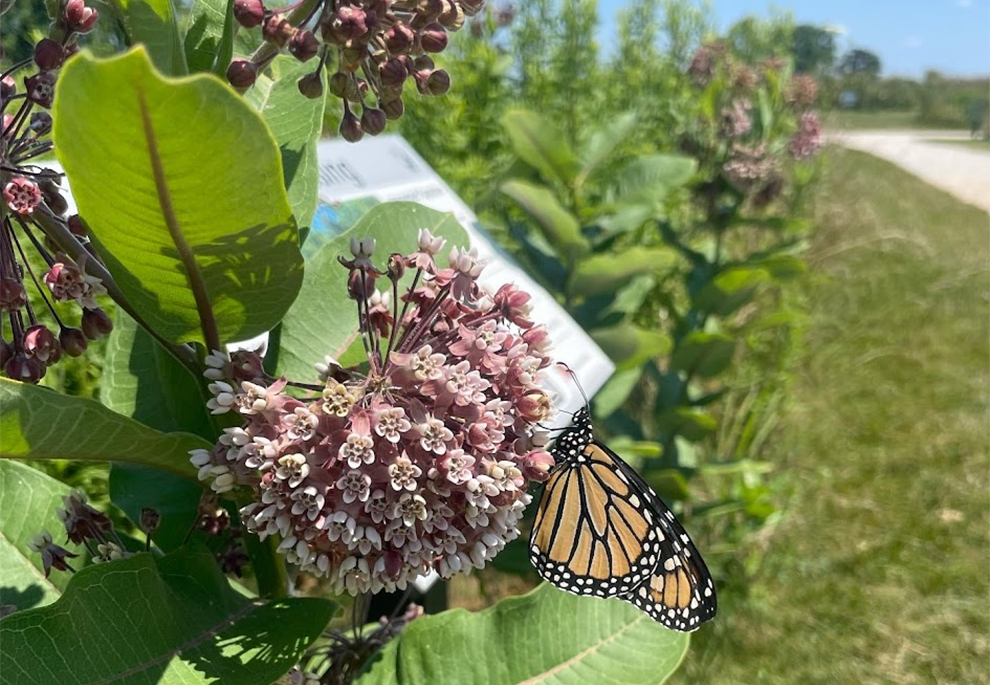ELAINE HALL
Assistant Resource Manager
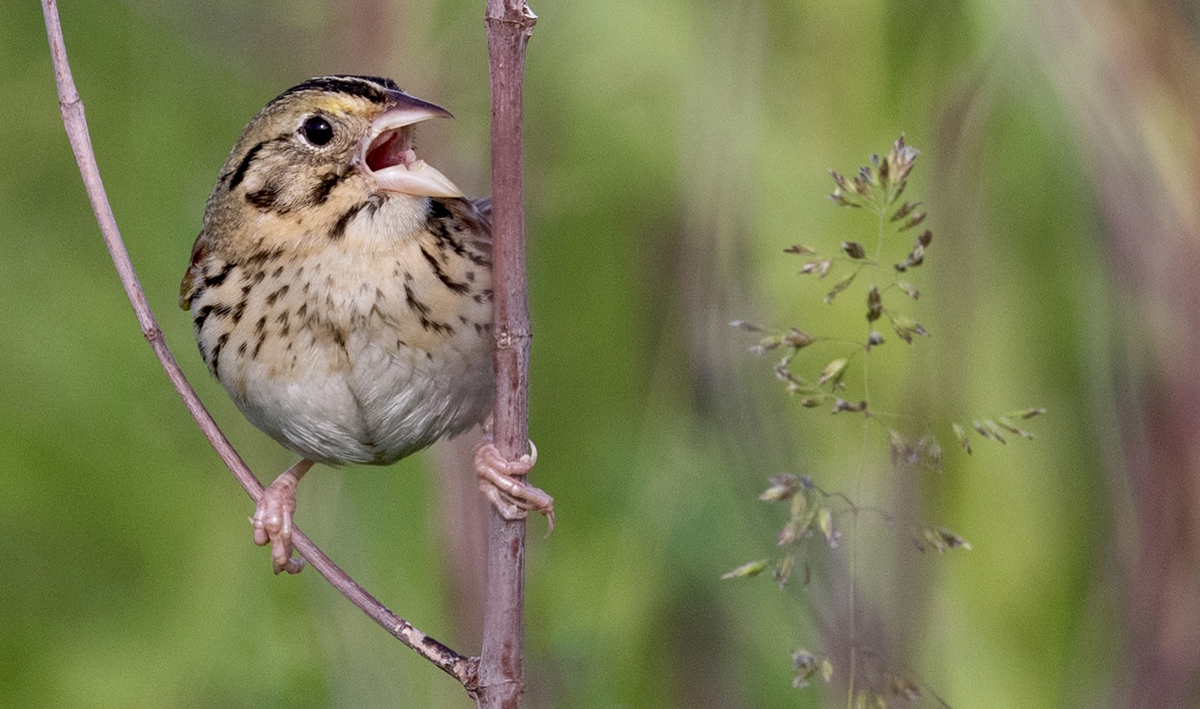
Each year Metro Parks conducts a variety of biotic surveys throughout the district. You may catch a glimpse of staff and volunteers already out in the field just before the sun comes up in May and June for Breeding Bird Surveys or even a group of us gathering and heading out into the woods on hot muggy mosquito-filled night to survey bats.
Our biotic surveys tell us important information about the health of our ecosystems or how they are progressing as they mature from restored landscapes. The presence or absence of certain species help guide us and set goals on what kind of resource management is required for a particular field, wetland, or woodlot. Analyzing the data from these surveys uncovers some pretty interesting information or even a newly recorded species living in our parks.
While we also monitor our aquatic resources through various surveys studying fish, mussels and macro invertebrates. And, there are other monitoring programs in the district such as chorusing frog, vernal pool, and bluebird boxes. The three major biotic surveys resource management coordinates every year include Breeding Bird Surveys, Bat Roost Monitoring, and Butterfly Surveys. Data collected from these surveys are submitted to larger bodies of research monitored by agencies such as the US Fish and Wildlife Service, US Geological Survey, and Ohio Department of Natural Resources.
2024 Recap and Highlights
Breeding Bird Surveys
Approximately 180 species breed in Ohio every year, and including historical nesters, 212 species have been documented as breeding in the state. This year Metro Parks completed 22 breeding bird survey transects yielding a whopping 119 of these species, and surveyors heard or saw nearly 5,000 birds! The birdiest transects were those covering long distances on a river corridor or in our wetlands. Battelle Darby Creek’s wetland recorded 74 species alone. You can view the entire 2024 Metro Parks Breeding Bird Survey Report Here. But here are a few highlights or intriguing trends:
SLATE RUN
Surveyed Henslow’s sparrow, an Ohio Species of Conservation Interest for the first time at Slate Run since 2005! Henslow’s sparrows are a species dependent on high quality grassland habitat.
GLACIER RIDGE
With an even slightly longer hiatus, American bittern, an Ohio Endangered Species, has been documented at Glacier Ridge Metro Park for the first time since nearly the park’s opening in 2003!
Metro Parks has conducted a Breeding Bird Survey of Glacier Ridge’s grassland since the park’s opening in 2002. Part of the park’s restoration efforts were dedicated to establishing a short grass prairie. Bobolink are a species dependent on short grass prairies rather than tallgrass, and they were soon found at the park.
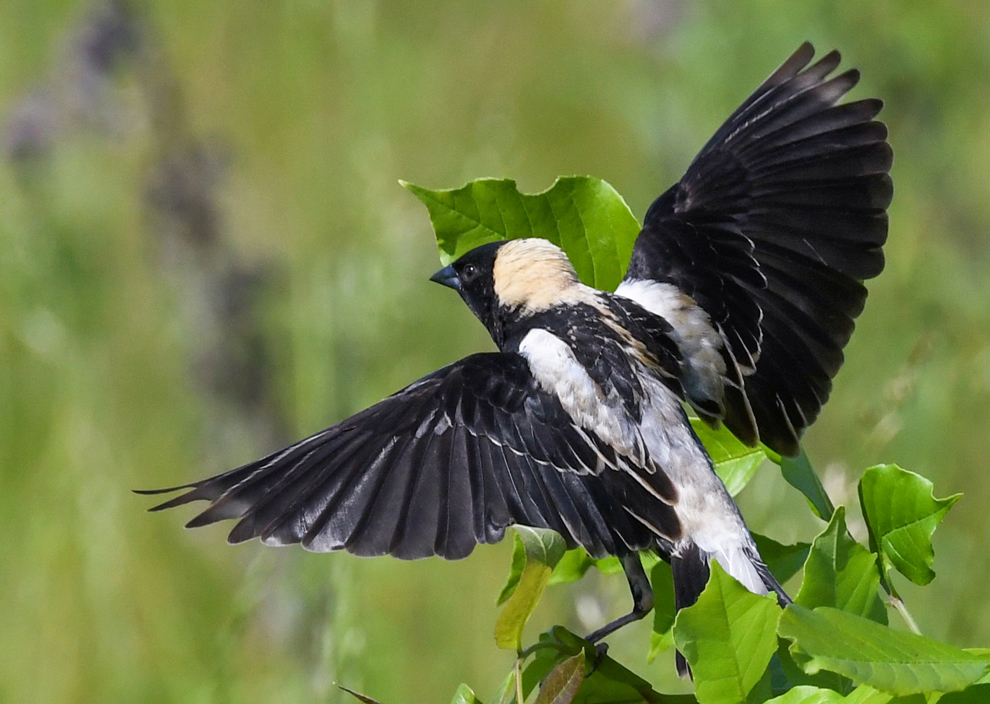
The population of bobolinks at Glacier Ridge has become a gem for birders and a unique site among our parks. Being able to track a species population that indicates the health of the grassland may tell us if resource management needs to step in and address issues such as invasive species, plant community changes, or if reforestation is encroaching on the open habitat.
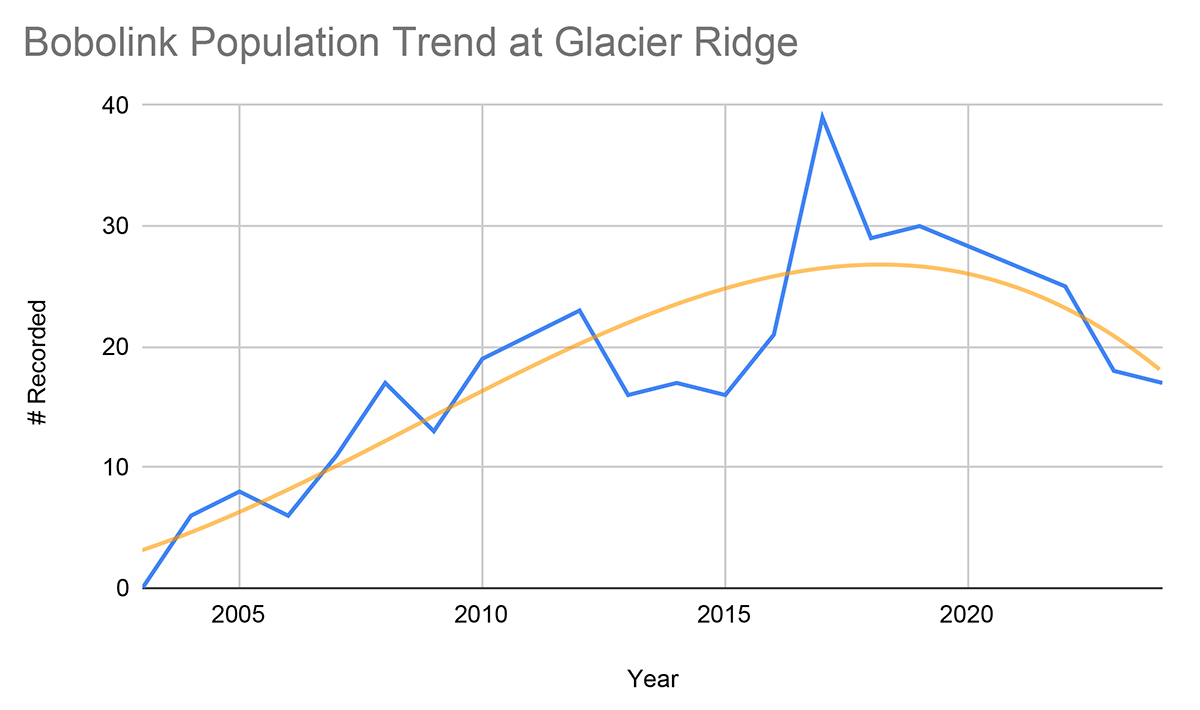
Bat Roost Counts
Metro Parks has documented nine of the 11 Ohio bat species within the parks. All of Ohio’s bats are listed either federally or as Ohio Species of Concern and therefore protected. Our maternity roost exit counts are three fold.
One: White-nose syndrome (WNS)
Since the appearance of WNS, bat populations have experienced declines of over 90%. Population declines of some species were as high as 96% to 99%. So monitoring bats helps us keep tabs on their population health.
Two: The females of federally listed species
These are the species hit hardest by WNS, such as northern long-eared bats and Indiana bats. They have a high fidelity for maternity roosts, meaning that they return to the same trees or roosting structures year after year to have and raise their young. They also form colonies to raise their young together.
Three: Species that utilize artificial structures
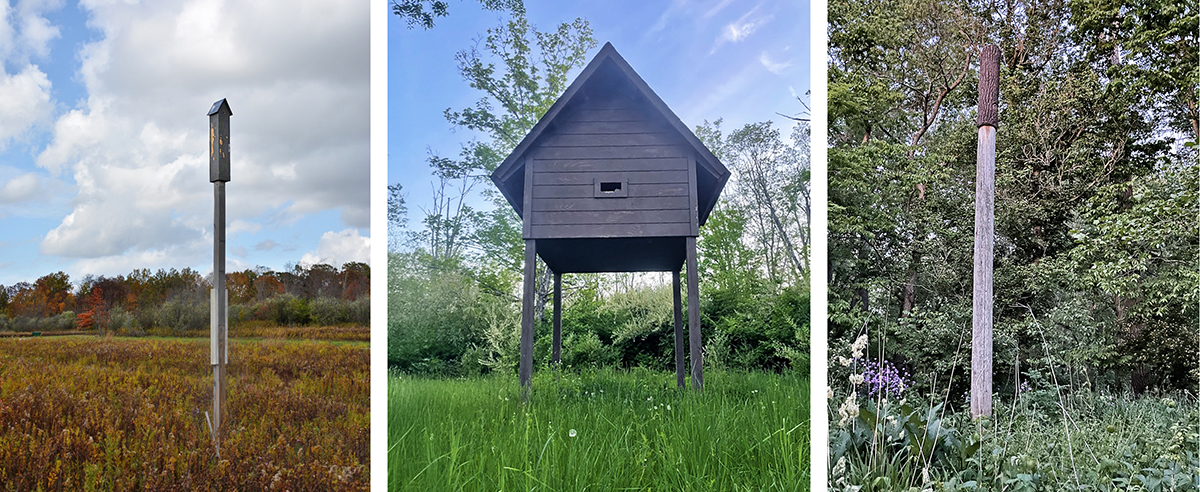
Since WNS some research efforts have been focused on which species of bats are willing to utilize artificial structures such as a bat condo or BrandenBark roosts that you may see in the parks. This helps us provide additional resources for bats. Dead trees don’t stay standing forever.
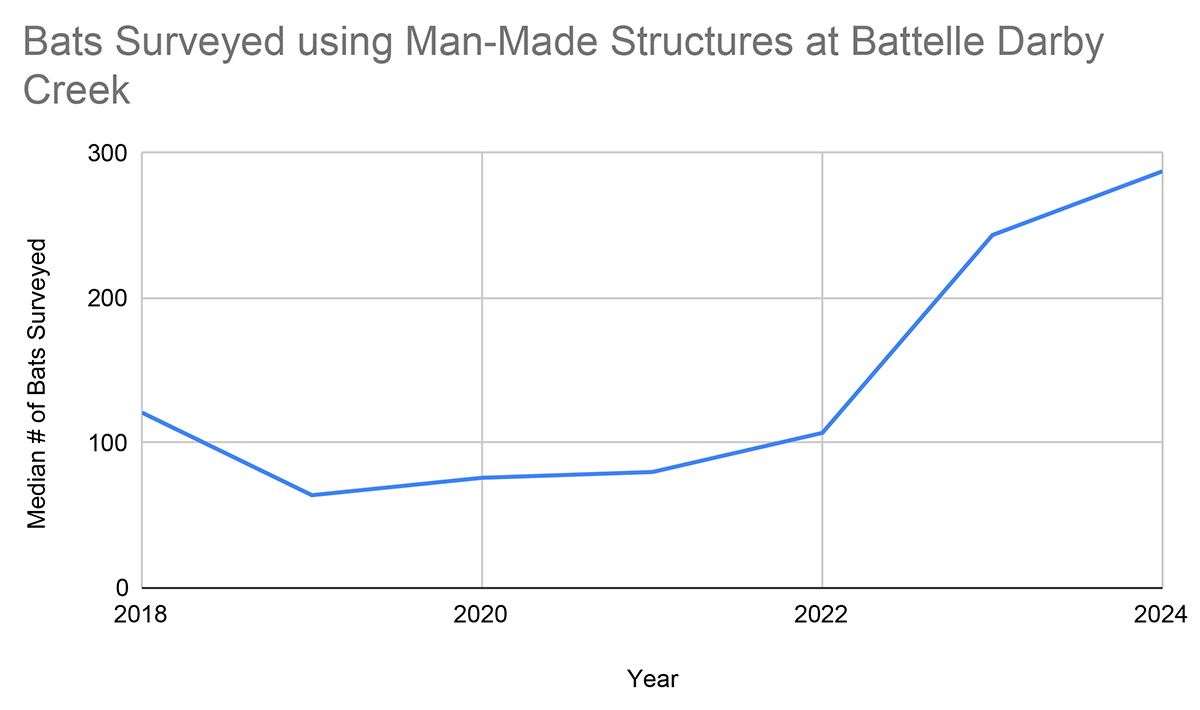
Butterfly Surveys
Metro Parks currently monitors 10 butterfly transects across the district. All 10 have been running since at least 2006, with our oldest at Clear Creek and Battelle Darby Creek since 1999. The highlight from this year is a report of an Aphrodite fritillary, an Ohio Endangered Species, at Blacklick Woods!
Similarly to Breeding Bird Surveys, the data from these surveys tell us about the health of our ecosystems, habitats and species populations. Some butterfly and moth species are very particular and will only survive in an area if their host plant is present. The most well-known case of this is the monarch butterfly, which is completely reliant on milkweed to eat as a caterpillar.
Speaking of monarch butterflies, on December 12, 2024 the monarch butterfly was proposed to be federally listed. According to the US Fish and Wildlife Service, results of the most recent monarch Species Status Assessment revealed that by 2080 the probability of extinction for eastern monarchs ranges from 56% to 74% and the probability of extinction for western monarchs being greater than 95%.
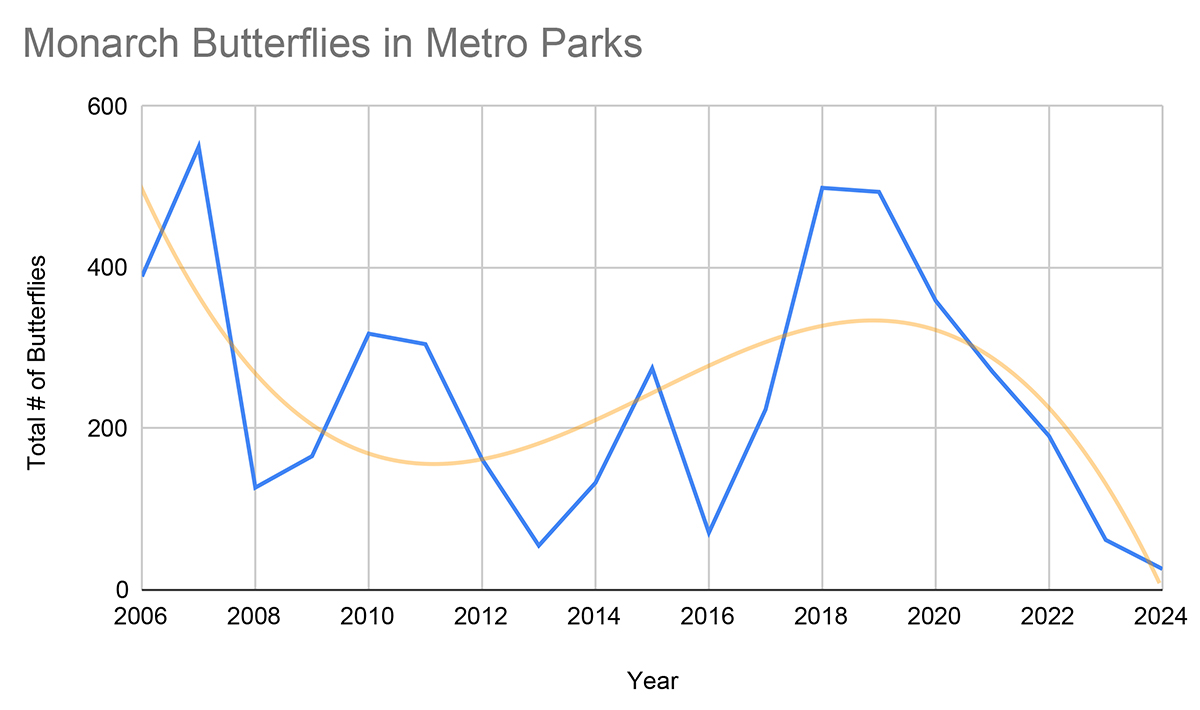
Metro Parks’ survey results echo this, telling us that monarch populations are in rapid decline. Reports across the district from staff included comments of finding few to no caterpillars for educational programs, or for tagging/weigh stations.
